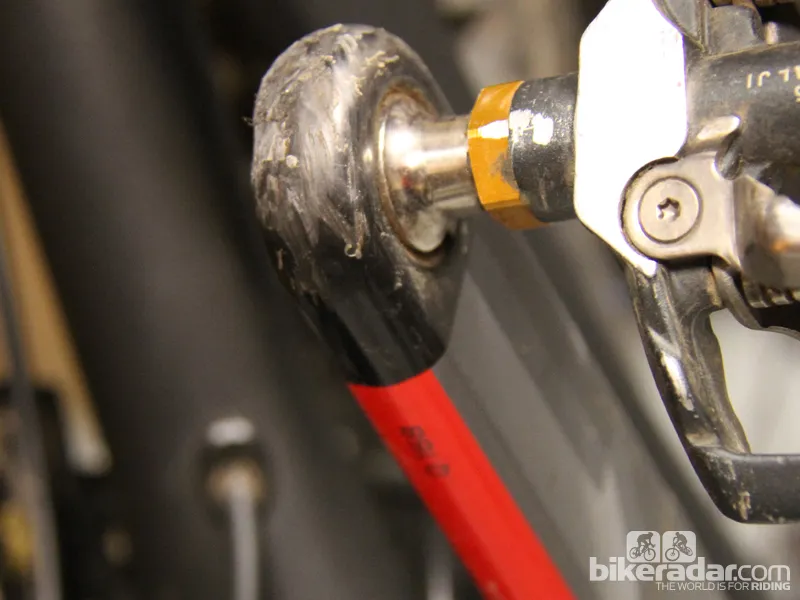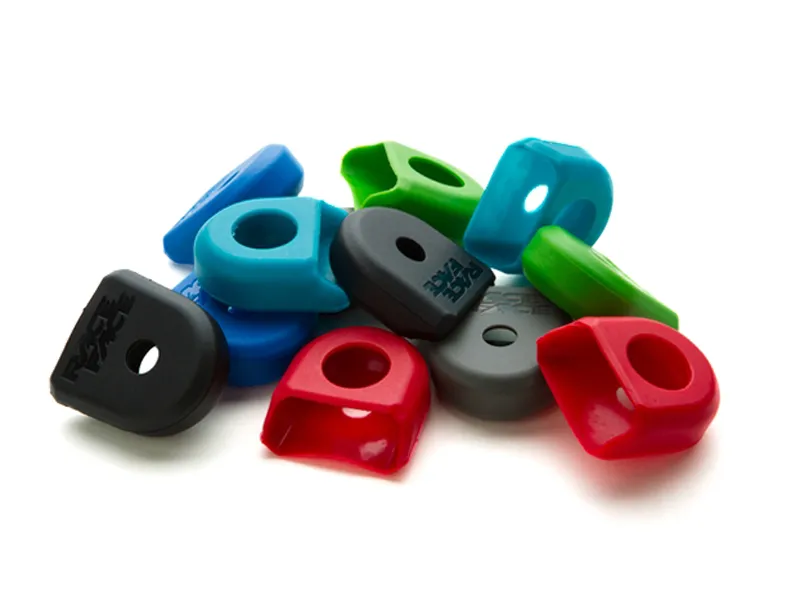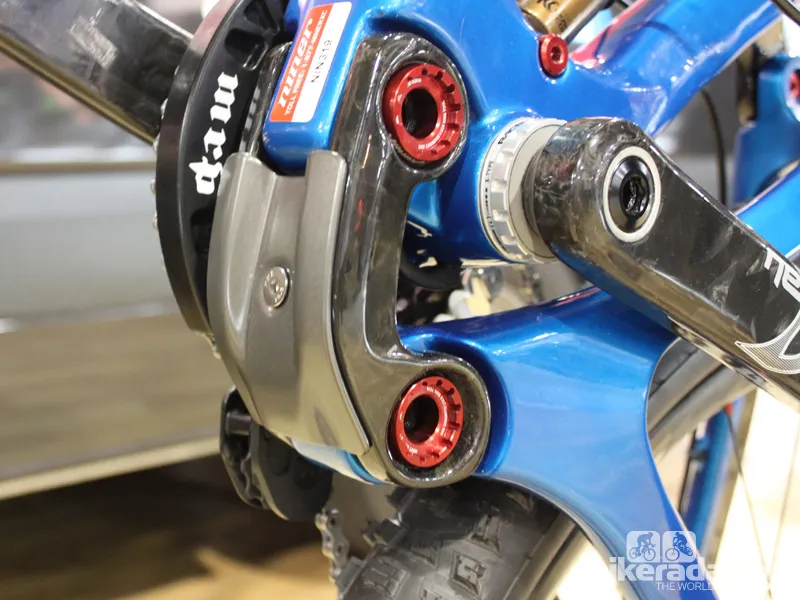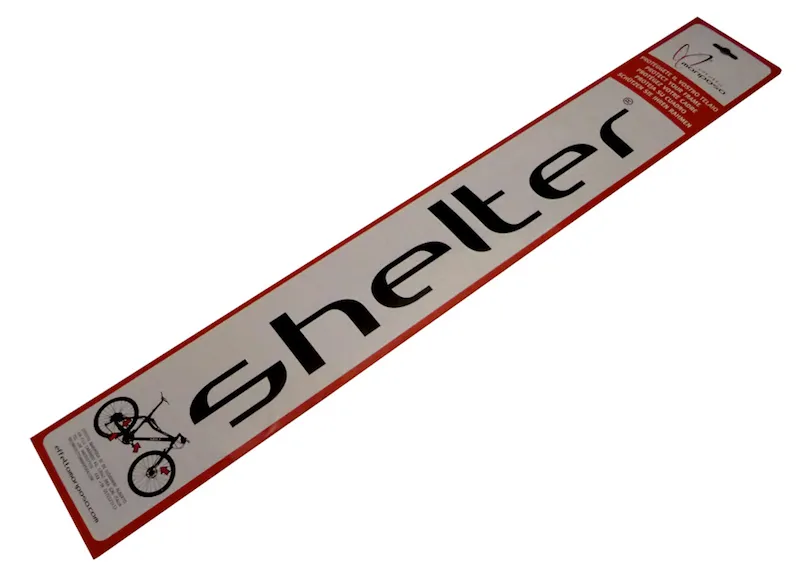Crashes, dents and scratches are a given in mountain biking. The marks on your bike should come with a good story such as: “I thought I finally nailed the drop-in to Horse Thief Bench,” or “Those scratches are from blowing through a corner at Trans-Provence last year.”
The dents and dings bestowed upon mountain bikes from our progression and attempts to ride the ragged edge are the telltale signs of a life well lived and a bike frequently ridden.
But not all wear marks are created equal. Explaining to your riding buddies that “Those marks are from being too damn lazy to put a couple thumb-sized pieces of protective tape around the headtube,” does not make for a good story at the trail head.
Whether you ride a steel, aluminum, titanium or carbon mountain bike, adding several ounces of prevention can keep your frame and components from wearing out before their time.
There’s the rub
The rub marks caused by brake and shift housing are a small annoyance that, if left unchecked for long enough, can lead to catastrophic failures, particularly with thin-walled carbon frames. At best, cable rub can decrease your bike’s resale value. At worst, it can create deep gouges in your frame that can make it structurally unsound.
Clean cable routing and protective tape are the first lines of defense. There are a number of brands of protective tape to choose from. We’ve had good luck with Cantitoe Road’s Shelter bike protection tape. Frameskin.com even makes pre-cut kits for specific makes and models.
Apply protective tape to the underside of the downtube to protect against rocks thrown up by your front tire and on any location where your brake or shift lines rub the frame. Pay special attention to how your shift and brake cables wrap around the bicycle’s head tube. If they contact the head tube, top tube or downtube while riding then consider adding a layer of protective tape.
If you ride a full suspension, check how the lines interact with the frame as the suspension compresses and consider adding small sections of tape where needed. The same goes for externally-routed dropper seatposts: check to make sure it’s not rubbing the frame as the post extends and retracts.

Rubber cable covers, such as those made by Jagwire, are a great second line of defense and have the added benefit of quieting noisy cables
These inexpensive, minimal and lightweight frame protectors will keep your ride looking its best for years to come. Think of them as the age-defying make-up for your mountain bike.
Crank coverage
SRAM makes quality carbon cranksets; they’re light, stiff and can take a beating. SRAM’s carbon cranks come from the factory with clear plastic covers on the crank arms to prevent the rider’s heels from marring the cranks. What SRAM doesn’t make are covers for the ends of crank arms to protect them from rock strikes.
If, like me, you frequently ride trails filled with rock gardens and you have a predilection towards mountain bikes with low bottom brackets, the occasional pedal strike is a given.

A US$10 part could have kept these XX1 cranks looking new
I’ve chipped more carbon off the ends of some very pricy XX1 cranks than I care to admit, and while they’re still structurally sound (and probably a smidgeon lighter than when they we’re new and fully intact), a pair of rubberized end caps would have been a good addition to these and any other carbon cranks.
Thankfully, Race Face makes Crank Boots that, in addition to fitting its Next/Next SL, Sixc and Respond models, also fit perfectly on SRAM’s carbon crank arms. Best of all, Race Face Crank Covers can be had for as little as US$10(£7) if you shop around.

Light, cheap and color-coordinated protection for expensive carbon crankarms
Suspension prevention
There are a number of suspension designs out there, some of which have linkages that hang lower than others. Santa Cruz Bicycle’s VPP suspension and Niner’s CVA design are quite different, yet both have lower linkages connecting the front and rear triangles that are at the mercy of sharp, pointy rocks. And while it’s much more likely that you’ll ding your chainring—or hopefully your bashguard—rather than the bottom bracket shell or the lower linkage, it certainly does happen.
A cottage industry of sorts has sprung up around designing downtube/lower link guards for several Santa Cruz and Niner models.

Niner took note of these homemade linkage protectors and developed its own replaceable aluminum skid plate when it introduced the RIP 9 RDO last year
Share your tips: Have any tips or tricks you use to protect your mountain bike from unnecessary wear and tear? Share them in the comments section below.


